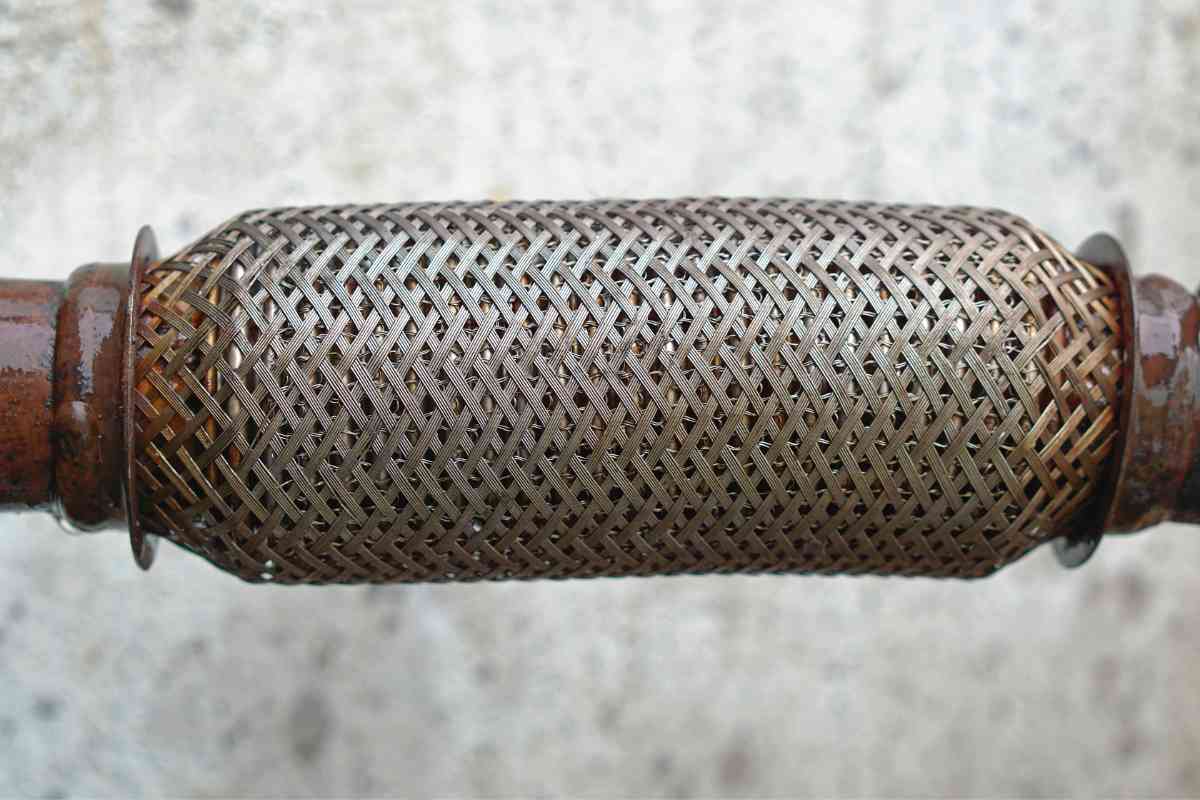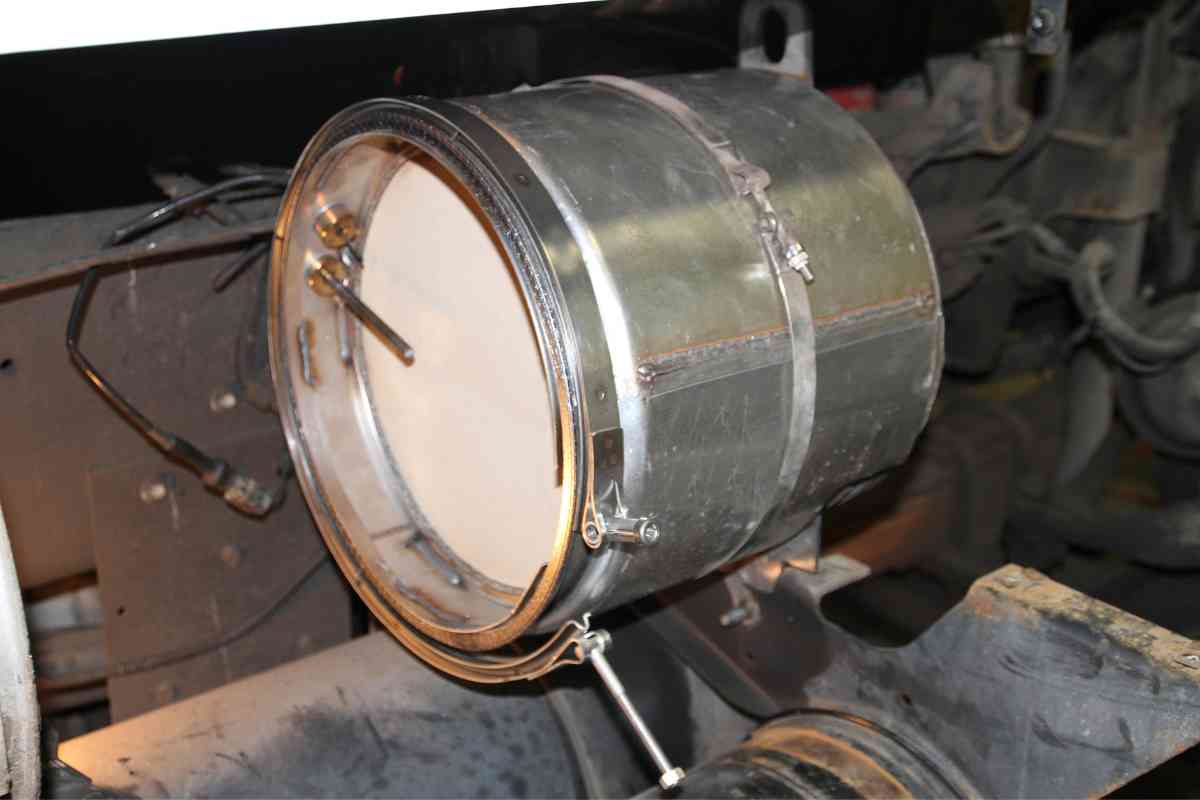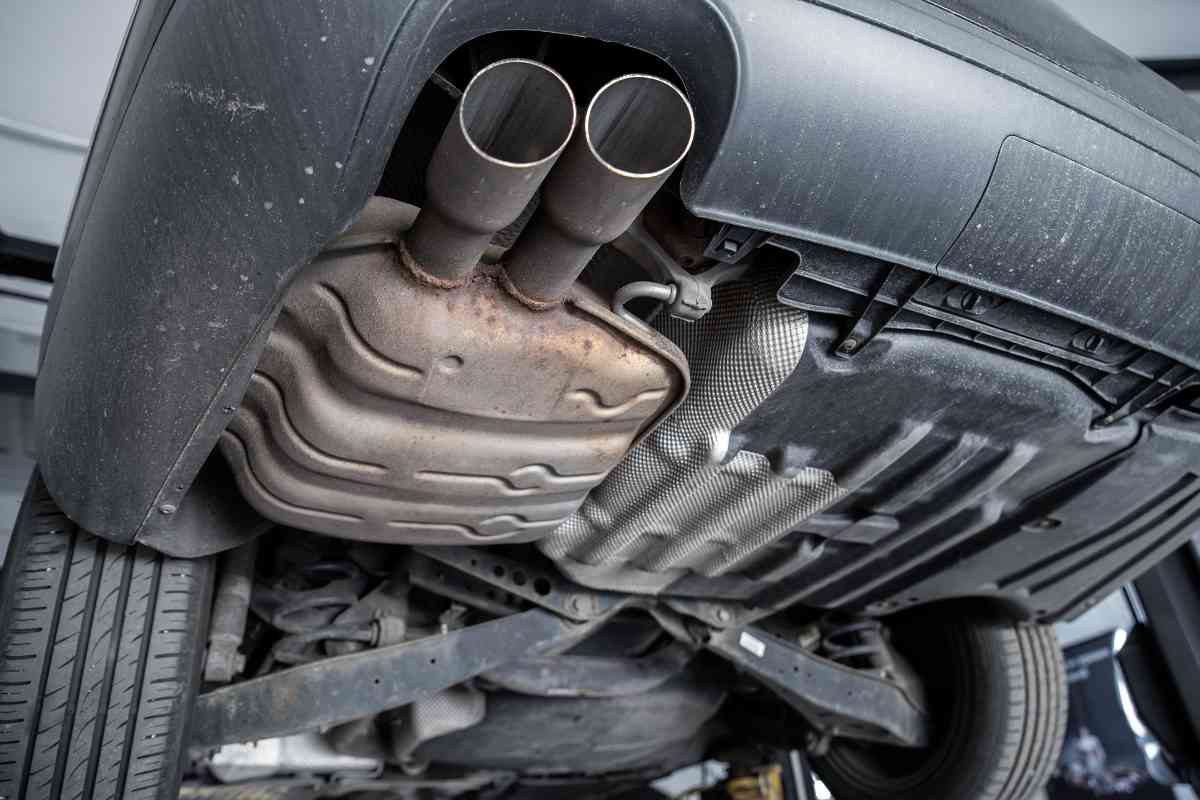Can Seafoam Clean A Catalytic Converter? Explained!
Your engine’s running rough and you think your catalytic converter is clogged. So you might be thinking, ‘does Seafoam clean a catalytic converter?’

Does Seafoam Clean A Catalytic Converter?
No, Seafoam can not clean a catalytic converter. Once a converter loses its effectiveness in any way, it’s considered to be at the end of its life. No amount of cleaning will restore it to its original state. Once clogged, the chemical makeup of the converter is what deteriorates, not the airflow.
I am an ASE-certified auto mechanic with a degree in Applied Science. I have 20-course hours on engine driveability issues, and emission control systems were one of them.
Currently, I regularly suggest and perform engine cleaning services. I can say with certainty all Seafoam is burnt in the engine before it reaches your catalytic converter and doesn’t work in any cleaning capacity on your catalytic converter.
What is Seafoam?

Seafoam is a fuel additive made of sea organisms that clean carbon deposits off your engine. It’s usually added to your fuel tank and runs through the engine’s fuel system in order to reach your engine.
Surprisingly, the Seafoam does no harm to your fuel system while it’s also able to clean your vehicle’s engine. Seafoam can also be added directly to a vehicle’s carburetor.
Seafoam can be added to engine oil as well in order to remove moisture and improve lubrication. To use Seafoam, ensure the product you are using is the correct one by reading the directions on the packaging.
If you are still unsure about product use after reading the directions, consult a mechanic, who will be able to steer you in the right direction about which product to use and how to use said product.
Seafoam is solvent-based, meaning it’s chemically made to dissolve carbon deposits and other engine build up that can occur over time.
Once Seafoam is added to the engine, it washes off the carbon and engine build up, causing them to be burned off and eliminated from the engine.
As well, Seafoam will lubricate your vehicle’s fuel system once added to the gas tank. This will help remove build up in your fuel system and improve overall engine performance.
How Catalytic Converters Can Become Clogged
Catalytic converters, just like any part which exhaust gasses flow, have the capacity to become clogged. Converters can become clogged for a number of reasons.
The first reason catalytic converters can become clogged is the building up of carbon deposits. Carbon deposits can build up on the surface of catalytic converters causing a blockage.
This carbon buildup on the surface of a catalytic converter can be caused by incomplete combustion, or from using low quality fuel.
Another reason catalytic converters can become clogged is engine or coolant leaks. If an engine or coolant is leaking inside your combustion chambers, these substances will eventually find their way to your exhaust and finally onto the surface of your catalytic converter.
Once the oil or coolant is on your catalytic converter, it risks the chance to clog the converter. Foreign objects can also become lodged against the surface of your catalytic converter, causing a clog.
Things like road debris or loose pieces of metal can become lodged in the catalytic converter, blocking the flow of exhaust gasses.
Lastly, like all car parts, catalytic converters have a life span. Towards the end of their life span catalytic converters become clogged or ineffective.
If a catalytic converter becomes clogged, it can cause a variety of problems, including reduced engine performance, increased emissions, and in some cases, a check engine light on the dashboard. Regular maintenance and cleaning can help prevent catalytic converters from becoming clogged and ensure they continue to function properly.

Suggested Reading: Will A Clogged Catalytic Converter Cause Loss Of Power?
Can Seafoam Clean A Catalytic Converter?
Using Sea Foam spray in the traditional way to clean your catalytic converter would not be very effective. To use Seafoam as per the instructions, you have to inject the Seafoam in the intake or the fuel system.
This means the Seafoam gets placed into the vehicle pre-combustion, meaning its solvent capabilities happen before combustion happens.
Once combustion happens, the Seafoam is basically exploded with air, gasoline or diesel, spark, and pressure inside a cylinder and pushed out through the exhaust valves.
This is why Seafoam claims to clean intake valves well, and does not mention exhaust valves. Because once the Seafoam is compressed and chemically altered, the Seafoam loses its effectiveness at removing carbon deposits.
The Seafoam turns to smoke instead of its original liquid form by the time it reaches your exhaust, hence the heavy smoke running out of your tailpipe when you use Seafoam. There is no original Seafoam left in the exhaust.
The Seafoam that does all the heavy lifting in terms of cleaning happens before combustion, so once it reaches your catalytic converter, its cleaning agent is burnt up.
Some mechanics will claim to put Seafoam inside the exhaust flow before the catalytic converter. Their method is to take off the upstream o2 sensor and place a whole can of Seafoam into the o2 sensor hole.
Once the can is empty, they replace the o2 sensor and then start the car to burn off the excess Seafoam.
This is a bad idea since you run the risk of clogging your catalytic converter. That’s because there isn’t enough pressure to push the solvent through the exhaust system.
The risk of the solvent setting into the catalytic converter’s honeycomb is too great. And there’s no combustion process happening to burn the Seafoam away, instead, you’re depending on the heat of the converter cooking off the Seafoam.
This runs the risk of damaging the catalytic converter since you are basically cooking chemicals on top of a chemical grill, which could alter the molecular makeup of your converter, in turn, reducing its effectiveness.
Can You Clean A Catalytic Converter?
You cannot clean a catalytic converter. In this video here, a mechanic takes some failing catalytic converters and tests them before and after cleaning them.
He cleans the catalytic converters using different popular methods such as lacquer thinner, soap and water, and acetone.
He hooks up a monitor to measure the effectiveness of the catalytic converters before and after the cleaning and finds, through scientific means, that cleaning the converters offers no operational improvements.
Even with the carbon deposits removed, the catalytic converter is still just as effective as it was with the carbon deposits.
The chemical makeup of the precious metals is what deteriorates when a catalytic converter becomes clogged and not the effectiveness of the airflow.
When a catalytic converter code comes up such as p420, your best bet is to replace the catalytic converter instead of wasting time attempting to clean the converter.
Even professional services offered by some shops would be a waste of money since they will never be able to restore your catalytic converter to its original working order.
As always, if you are unsure of how to replace your catalytic converter, bring your vehicle to a mechanic who will be able to replace it for you.
Suggested Articles:
- New catalytic converter break-in period
- Can An Oil Change Affect Your Car’s Catalytic Converter?
- Can Seafoam Clean A Catalytic Converter?
- New catalytic converter smell
- Does catalytic converter affect fuel consumption
- What is the purpose of a catalytic converter?
- Rough Idle: Could A Clogged Catalytic Converter Be The Culprit?
Key Takeaways
- Seafoam can not clean a catalytic converter.
- Catalytic converters cannot be cleaned.
- Carbon buildup on a catalytic converter can be caused by incomplete combustion.
- The chemical makeup of the converter is what deteriorates when it becomes clogged.
- Replace the catalytic converter instead of wasting time attempting to clean the converter.
